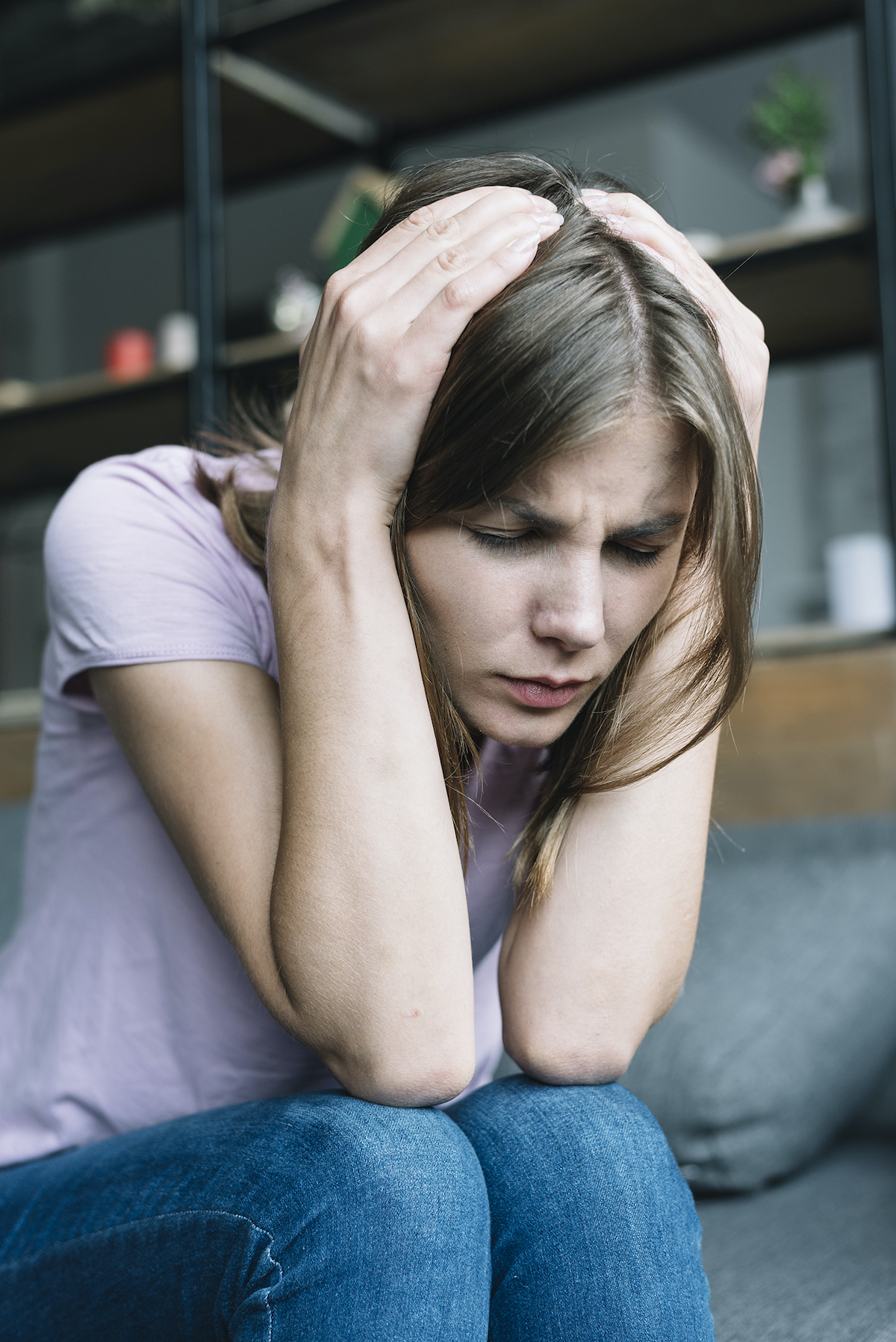
By Rosie Jones; Medically reviewed by Kerry Boyle D.Ac., M.S., L.Ac., Dipl. Ac., CYT
Knee pain has many causes, ranging from acute injuries to long-term conditions such as osteoarthritis. Depending on the cause, acupuncture may be an effective way to relieve knee pain.
Acupuncture is a practice originating from traditional Chinese medicine (TCM). It involves inserting thin metal needles into specific points on the skin.
According to the National Center for Complementary and Integrative Health (NCCIH), there is evidence that acupuncture can help with knee pain from osteoarthritis as well as pain that occurs after surgery. However, scientists do not fully understand how it works.
Is acupuncture good for knee pain? Acupuncture may help with knee pain, but it depends on the cause. The technique cannot replace first aid for acute injuries or surgeries to repair knee structures. However, doctors may recommend using it as a complementary therapy, in addition to medical treatment, for some conditions.
- Ligament and tendon injuries. Ligaments and tendons are different types of connective tissue that connect muscles and bones. Injuries to ligaments and tendons are among the most common knee injuries. A 2020 review of the use of acupuncture for sports injuries found that many previous case studies reported positive effects, such as less pain and faster recovery, following treatment. However, this review included many case studies that focused on different types of injury and that used different forms of acupuncture. More research on knee injuries is necessary to determine this treatment’s effectiveness.
- Postsurgical pain. The use of acupuncture for postsurgical pain has become more common in recent years. A 2021 study investigated the effectiveness of acupuncture in reducing postoperative pain in people who had undergone total knee replacements. It found that using the method with other treatments reduced postsurgical pain and the need for pain medication.
· Osteoarthritis. Osteoarthritis occurs when the cartilage in a joint, wears down, allowing bones to rub against one another. This causes swelling, pain, and difficulty moving the affected joint. According to NCCIH, acupuncture can be effective in reducing osteoarthritis pain. Previous research suggests that acupuncture is comparable to nonsteroidal anti-inflammatory drugs for managing pain.
How does acupuncture work for knee pain? Scientists do not fully understand how acupuncture works to reduce pain. Some evidence suggests that the insertion of needles may affect hormone levels, which could affect how the brain perceives pain.
According to practitioners of TCM, there are around 361 acupuncture points in the human body. These points run along meridians, which practitioners describe as pathways for life energy to flow through the body. These meridians may correspond to peripheral nerves.
Some acupuncture points a practitioner may use for treating knee pain include:
- Yin Ling Quan or spleen 9, which is in the hollow of the inner leg, below the kneecap
- Yang Ling Quan or gallbladder 34, which is just below the outer knee, above the shinbone
- Dubi or stomach 35, which is below the kneecap toward the outer leg
- Zusanli or stomach 36, which is on the outer leg, below the kneecap
- Weiyang or urinary bladder 39, which is on the outside edge of the middle of the back of the knee
- Weizhong or urinary bladder 40, which is in the middle of the back of the knee
How long do the results last? Depending on the type and cause of the pain a person has, the results of acupuncture may last months or one year.
Usually, the technique involves several sessions. More sessions may be necessary for chronic pain, while acute pain may require fewer sessions. However, some people may not experience any benefits after receiving acupuncture. Alternatively, they may only experience short-term effects. Anyone looking to try acupuncture should discuss creating a treatment plan with their doctor and acupuncturist.
Cost and insurance for acupuncture. The cost of one acupuncture session can range from around $75 to $200. Some insurance companies offer full or partial coverage, but some may not. It can depend on the condition a person has, whether other treatments have been effective, and how many sessions someone needs.
People can check whether their insurance policy will cover acupuncture when considering the treatment.
How to find a practitioner. A person should only receive acupuncture from a qualified professional. Improperly administering the technique can have serious risks, such as infections and injury to internal organs.
Most states require acupuncture practitioners to have licenses. People can find an acupuncturist using the National Certification Commission for Acupuncture and Oriental Medicine directory. When looking for an acupuncturist, a person needs to check their credentials and consider speaking with them before booking a session. This can help ensure individuals feel safe and comfortable around them.
In summary, although scientists do not yet fully understand acupuncture, evidence suggests that it may be useful for treating some types of knee pain. It may help with pain due to osteoarthritis, postoperative pain, and, potentially, acute knee injuries.
The benefits of acupuncture can last varying amounts of time, so a person may need repeated sessions. However, it should not serve as a replacement for professional healthcare, and individuals should speak with a doctor before trying it.
Source: https://www.medicalnewstoday.com/articles/acupuncture-for-knee-pain?
# # #











